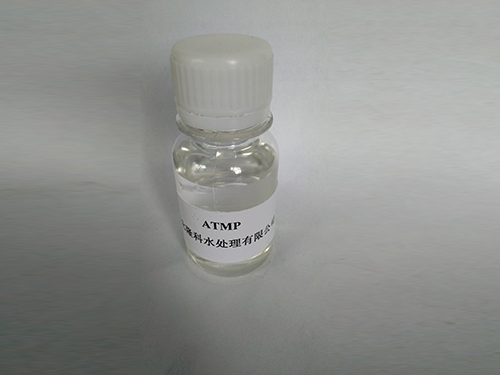flocculation in water purification
Flocculation in Water Purification
Water purification is crucial for ensuring communities have access to clean and safe drinking water. One of the essential processes in water treatment is flocculation, which plays a pivotal role in removing impurities and contaminants from water. This article explores the process of flocculation, its importance, and the mechanisms involved in water purification.
What is Flocculation?
Flocculation is a process in which fine particulates, colloids, and other suspended solids in water aggregate into larger clusters known as flocs. These larger particles can then be separated from the water more easily through sedimentation or filtration. The flocculation process is typically facilitated by the addition of certain chemicals, called flocculants, which help to stabilize the clumps of particles.
The Flocculation Process
The flocculation process generally consists of three main steps coagulation, floc formation, and sedimentation.
1. Coagulation This initial step involves the addition of coagulants—chemicals such as aluminum sulfate or ferric chloride—to the water. These chemicals neutralize the charges on suspended particles, allowing them to come together more easily. This phase is crucial for destabilizing the colloidal suspensions.
2. Floc Formation Once coagulation occurs, gentle mixing is applied to encourage the formation of flocs. During this stage, the destabilized particles collide and stick together, forming larger aggregates. The mixing should be carefully controlled to ensure that the flocs do not break apart.
3. Sedimentation After the flocs have formed, the water is allowed to stand undisturbed for a period, enabling the heavier aggregates to settle to the bottom of the treatment tank. This sedimentation process allows the clearer water above the flocs to be collected and undergo further treatment if necessary.
Importance of Flocculation
flocculation in water purification

Flocculation is vital for various reasons in water purification
1. Enhanced Removal of Contaminants Flocculation significantly improves the efficiency of removing particulate matter, bacteria, viruses, and other harmful contaminants from the water. This is especially important in treating surface water, which can contain a high load of sediments and organic pollutants.
2. Reduction of Microbial Load By facilitating the aggregation of pathogens and other microorganisms, flocculation helps in reducing the microbial load. This not only protects human health but also ensures compliance with various water quality standards.
3. Improvement of Water Clarity Clear water is not only aesthetically pleasing but also essential for many applications, including industrial processes. Flocculation enhances the clarity of water by removing suspended solids that cause turbidity.
4. Cost-Effectiveness Flocculation is a relatively cost-effective method for water treatment compared to other advanced processes. The chemicals used are generally affordable, and the process can be integrated seamlessly into existing water treatment facilities.
Flocculation in Practice
In practice, the effectiveness of flocculation depends on several factors, including the type and dosage of coagulant used, the pH of the water, temperature, and the presence of other substances that may influence particle behavior. Water treatment facilities must conduct jar tests to determine the optimal conditions for flocculation for each specific water source.
Furthermore, advancements in technology have led to the development of polymeric flocculants that are more effective and can produce larger and more stable flocs. These innovations continue to enhance the efficiency of water treatment processes.
Conclusion
Flocculation is a critical process in the water purification landscape. By facilitating the removal of impurities and enhancing water clarity, flocculation plays a significant role in providing safe drinking water to populations around the world. As water quality concerns persist, understanding and improving flocculation techniques will remain an essential focus for water treatment facilities. With continuous research and technological advancements, it is possible to develop even more efficient and sustainable water purification methods to address the growing demand for clean water.
-
Water Treatment with Flocculant Water TreatmentNewsJun.12,2025
-
Polymaleic AnhydrideNewsJun.12,2025
-
Polyaspartic AcidNewsJun.12,2025
-
Enhance Industrial Processes with IsothiazolinonesNewsJun.12,2025
-
Enhance Industrial Processes with PBTCA SolutionsNewsJun.12,2025
-
Dodecyldimethylbenzylammonium Chloride SolutionsNewsJun.12,2025





